10 Key Events of the American Revolution
Passage of the Stamp Act 1765
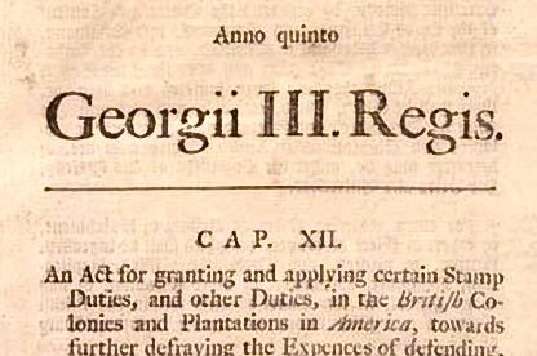
The Stamp Act 1765, passed by the British Parliament in 1765 was the first direct tax imposed on the British colonies in North America. The goal of the tax on printed material including newspapers, magazines, legal documents, insurance policies, and many other types of paper material was to help finance the British troops in the colonies. But the British also sought to reduce their debt which increased dramatically after the French and Indian Wars (1754-1763). The colonists were outraged because they had no say in the taxes that were to be imposed on them and how the raised money was to be spent. Britain repealed the Act in 1766 but as it would later turn out, the American Revolution had already begun.
Boston Massacre

The Boston Massacre was an incident between the British soldiers and a crowd of colonists in Boston, Massachusetts. It took place on March 5, 1770, when a group of nine British soldiers opened fire on the crowd, killing five and wounding six men. The commander of the watch and his eight soldiers were arrested by the next morning which partly relieved the tensions in the city. But a series of pamphlets depicting British soldiers shooting on a group of peaceful colonists further increased anti-British sentiment in the colonies.
Boston Tea Party
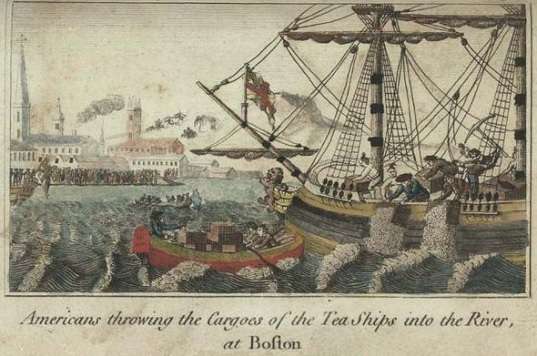
On December 16, 1773, a group of about 70 men boarded three British ships in the Boston harbor and threw their tea cargo in the sea. The destruction of the tea cargo was a protest against the Tea Act which was passed by the British Parliament earlier that year and gave the British East India Company monopoly on tea sale in the colonies. The incident, known as the Boston Tea Party triggered a chain of events that directly led to the American War of Independence.
Passage of the Intolerable Acts

In response to the Boston Tea Party, the British Parliament passed a series of laws that came to be known as Intolerable Acts or Coercive Acts. These closed the Boston harbor for all shipping until the city would pay for the destroyed tea cargo, the limited political authority of the colonists, made legal persecution of British officials more difficult and extended the boundaries of the Quebec province to the lands claimed by the American colonists. But rather than disciplining the colonists, the Intolerable Acts only made them more determined to defend their rights and liberties against the British Empire.
Convocation of the First Continental Congress
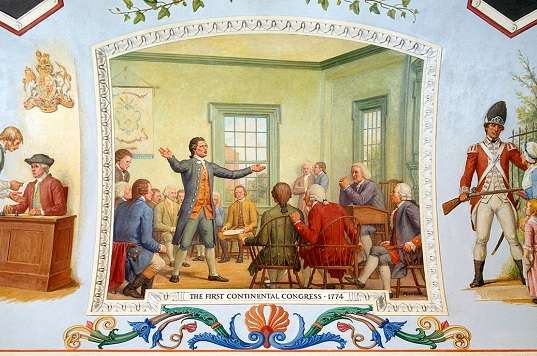
On September 5, 1774, delegates from 12 colonies met at the First Continental Congress to discuss how to react to the Intolerable Acts. They decided to boycott British goods and ban the export of American goods to Britain if the Intolerable Acts would not be repealed. In order to effectively carry out the boycott, the delegates also established the Continental Association and called for the Second Continental Congress that was to be held if their protest would not achieve the desired effect. And so it happened. But by the time the delegates met at the Second Continental Congress, the War of the American Independence was at the point of no return.
Battles of Lexington and Concord
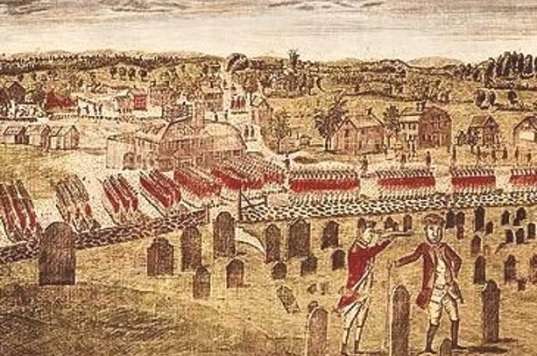
On the evening of April 18, 1775, the British governor of Massachusetts sent several hundred British troops to seize the colonists’ military stores at Concord. The British intentions were soon discovered by the Patriot colonists who decided to prevent the British from carrying out their plan. Local militiamen gathered at Lexington to intercept the British troops. These managed to repulse the outnumbered militiamen in the early morning of April 19 and then proceeded towards Concord. There, they clashed with militiamen at the North Bridge. This time, the British were defeated and forced to withdraw to Boston.
Adoption of the Declaration of Independence
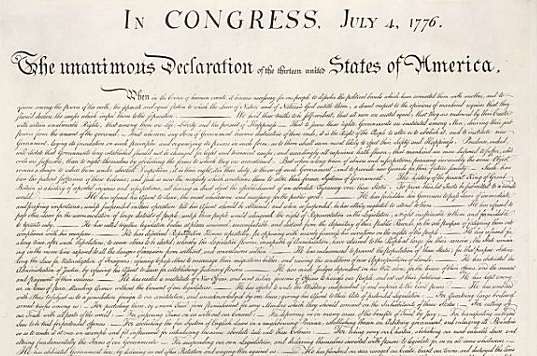
On July 4, 1776, the Second Continental Congress adopted the Declaration of Independence which formally proclaimed the 13 colonies as independent. The war, however, continued as Britain was not willing to give up its North American colonies. The original Declaration of Independence - mainly drafted by the future US President Thomas Jefferson - is today permanently exhibited in the Rotunda for the Charters of Freedom in the National Archives building in Washington, D.C.
Battles of Saratoga
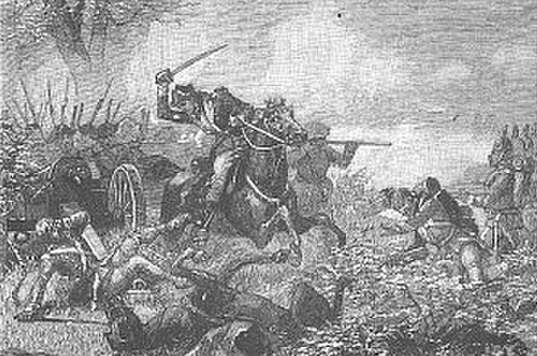
The Battles of Saratoga that were fought on the same grounds on September 19 and October 7, 1777, marked the turning point of the American Revolution and encouraged France to openly support the Americans against Britain. In the First Battle of Saratoga (also known as the Battle of Freeman’s Farm), the American troops prevented the British to break through their lines and join with their troops at Albany. After another failed attempt to break through the American lines at Bemis Heights (Second Battle of Saratoga) on October 7, the British were surrounded by a much larger Continental Army. By October 17, the British commander John Burgoyne accepted defeat and surrendered.
Surrender of Yorktown
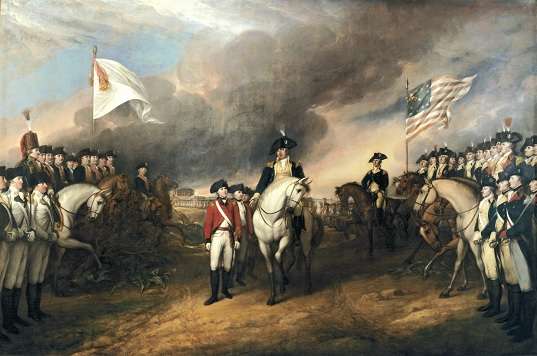
After a successful land and sea campaign of joint American and French armies in Virginia in 1781, the British found themselves trapped on the Yorktown peninsula. The British commander Lieutenant General Lord Cornwallis realized that he did not have the slightest chance against the Franco-American army and tried to escape. But his attempt failed. On October 19, 1781, Lord Cornwallis accepted the terms of surrender. Armed hostilities continued but with the Surrender of Yorktown, the American War of Independence was practically over.
Signature of the Treaty of Paris

The American War of Independence and with it, the American Revolution formally ended with the Treaty of Paris which was signed on September 3, 1783. The British Empire accepted defeat against its former colonies and recognized the independence of the United States of America. The Treaty of Paris also set the boundaries of the United States – the Mississippi River in the west, Great Lakes in the north, and 31st parallel in the south - and guaranteed American fishing boats access to Newfoundland.

List of 10 Major Events of the French Revolution
The French Revolution was a major event in modern European history. The causes of the French Revolution were many.
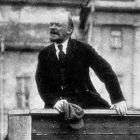
5 Events that Led to the Russian Revolution of 1917
Starting with the so-called February Revolution in 1917 and ending with the October Revolution later that year.